No ands, ifs or buts: simply put, Domaine de la Romanée-Conti is the world’s most famous winery. It has along history of excellence that is essentially unparalleled in the world of wine, and amongst its many prestigious vineyard holdings, it owns the largest portions of each of the Vosne-Romanée grand crus it owns land in. From these sites, it makes wines that are the benchmarks for their respective vineyard areas. Along with the “apple” and the smiley face, the domaine’s immediately recognizable black and white label is about as iconic an image as you will find today.
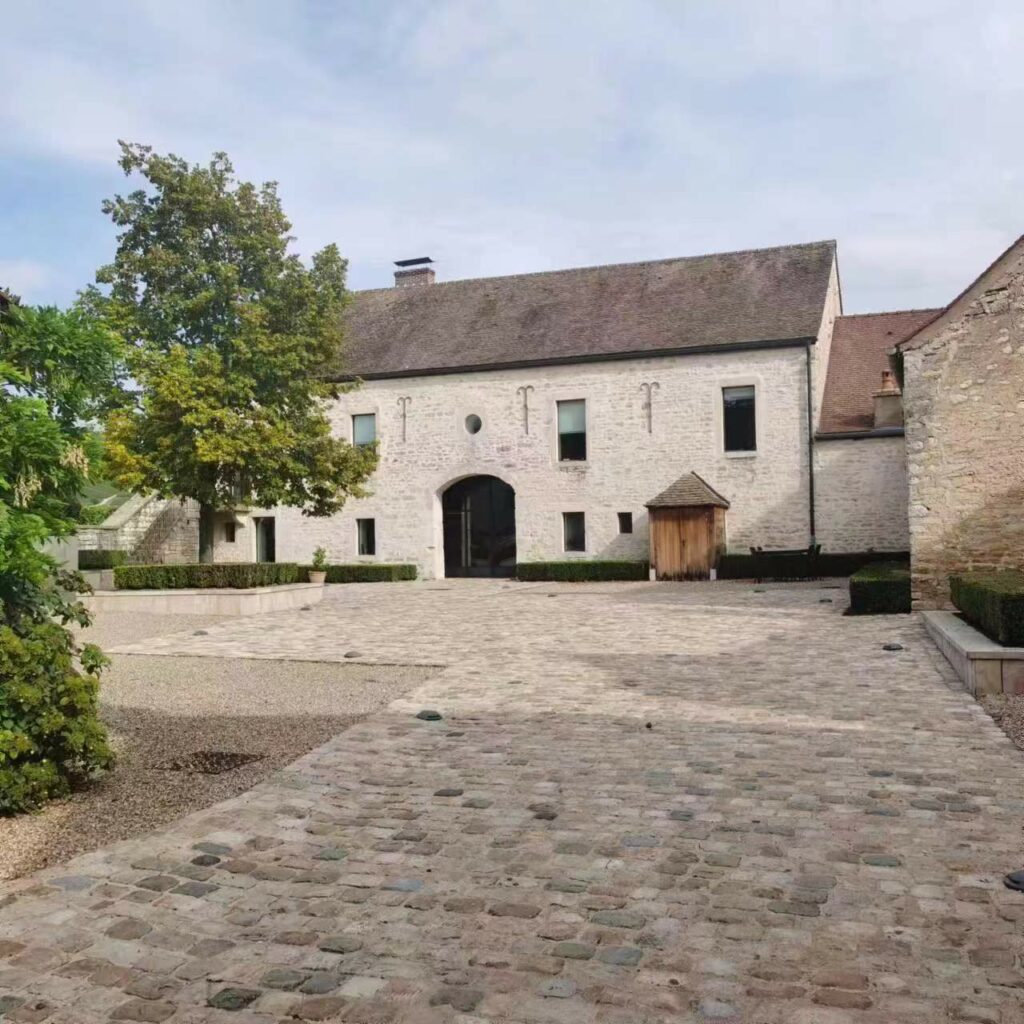
The Domaine de la Romanée-Conti (or DRC, for short) as we know it today was born in 1942, with the constitution of the Societé Civile de la Romanée-Conti. In fact, the foundations of the domaine were laid out centuries before: certainly on November 25, 1869 when Jacques-Marie Duvault-Blochet, who already owned vineyards in Echézeaux, Grands-Echezeaux, Gaudichots (part of the future holdings of La Tâche), and the Richebourgs, went ahead and bought the fabled vineyard of the Romaneé-Conti. But in fact DRC traces its roots to many centuries earlier, when the Priory of Saint-Vivant was established in 900 CE. This religious entity helped create the worldwide fame of Vosne-Romanée’s most prestigious vineyards (more about this below when I discuss Romanée Saint-Vivant).
The Domaine de la Romanée-Conti is run today by two co-managers (co-gérants), Bertrand de Villaine and Perrine Fenal who took over from the previous managing duo, Aubert de Villaine and Henri-Frédéric Roch. (Bertrand and Perrine are respectively the nephew of the former and the daughter of Lalou-Bize Leroy.) Clearly, the duo has their work cut out for them given the fabulous career of Aubert de Villaine especially, a modern-day Renaissance figure of sorts who over a career spanning about seventy years (almost fifty of which managing or co-managing DRC) made lasting contributions not just to the estate but to all of Burgundy. But both have been at the estate for many years (for example, Bertrand de Villaine joined the family fold back in 2008) and have been involved in the estate’s winemaking activities for years. Given the quality of the 2022 wines described in this report, the year in which Aubert de Villaine officially announced he was stepping down, it’s fair to say the duo officially in charge now has hit the ground running.
The Vosne-Romanée grand crus of DRC
The domaine’s vineyard holdings have increased steadily in size over the years: DRC completed its portfolio of famed Vosne-Romanée vineyards when it purchased its other monopole La Tâche in 1933, and its holdings in Romanée-St-Vivant in 1988 (after having made the wine from the latter vineyard’s vines since 1966). Since then, the estate (that has long also owned vines in both Montrachet and Bâtard-Montrachet, but produces wine for sale only from the former) is now also making wine from Corton and Vosne-Romanée grand cru and premier cru vineyards. All the DRC wines are incredibly stylish and, in specific vintages, downright sumptuous, but always showcase balance and refinement to a degree that is truly uncommon in today’s world of wine. That refinement, mixed in with real power and a richness that is never over the top is one of the many reasons the domaine’s wines are so special: there is simply nothing quite like them across the board (and across so many different crus). DRC’s vines are generally quite old (most forty-fifty years of age in average), yields are excruciatingly low, grapes are generally harvested late, whole clusters are used (no destemming) with long vatting times and overall winemaking is rather traditional.
Echézeaux‘s name derives from a word of Gallo-Roman origin meaning a group of inhabited buildings, most likely a reference to an ancient hamlet (the grand cru’s name can actually be spelled, correctly, in different ways, depending on where you like your accents). It is 37.69 hectares large and is characterized by multiple lieux-dits, climats really, within its boundaries: DRC’s holdings in Echézeaux (4.68 hectares, or according to the domaine, 4.6737 to be exact) are located at the top, northern, end of the Appellation close to Clos de Vougeot. Of DRC’s Echézeaux holdings, the estate farms 4.25 hectares of the Echézeaux lieu-dit Les Poulaillères (essentially thin soil over hard rock at the surface and more heavy soil with clay down below), situated right above Les Grands Echézeaux, and a small bit (0.43 hectares) of Clos St-Denis (don’t confuse this piece of Echézeaux with the Morey-St-Denis grand cru). Admittedly, forty hectares for a grand cru is perhaps a little too generous, such that Echézeaux is a rare example of Burgundian largesse in terms of grand cru size (consider that Musigny in Chambolle-Musigny is only about eleven hectares large). That much recognized, of the eleven climats that are included in today’s Echézeaux, a number were historically always considered to be especially qualitative: along with Echézeaux du Dessus and possibly Les Cruots (also known as Vignes Blanches) and Les Rouges du Bas, DRC’s Les Poulaillères is among the high-quality climats of Echézeaux, as clearly documented by the monks of Citeaux in their written works of the eighteenth century.
Grands-Echézeaux was formerly known as Echézeaux du Bas (which makes total sense if you look at where this hallowed piece of vineyard land is situated within the Vosne-Romanée territory and in relation to Echézeaux). Here too DRC is once again the largest landowner in the grand cru (3.53 hectares -actually, 3.5263 hectares, to be precise- of a total 9.18 hectares). And like in Echézeaux, the winery’s vines grow in the northern end of the cru. The topsoil is however characterized by a thicker clay-rich layer compared to Echézeaux, which helps explain not just Grands-Echézeaux’s bigger wines compared to those of Echézeaux but also why they are more often than not of a more regular quality level too (and in my experience, this is so in almost every vintage, as the thicker layer of topsoil and the clay can potentially help in times of water deprivation and stress). Though some pundits beg to differ, I have basically always found that, outside of a few amazing renditions of Echézeaux du Dessus in specific vintages, wines from Echézeaux always play second fiddle to those of Grands-Echézeaux. Admittedly, that’s quite some “second fiddle’, but still, this is one instance in which, at least in my opinion, the “Grands” descriptor in a wine name actually carries its weight well. Last but not least, anybody with a little experience with DRC’s wines knows full well that of all the estate’s wines, it is the Grands-Echézeaux that delivers the most “bang for your buck”. Choosing between the DRC wines is practically an impossible task, as they are all outstanding, unique and speak of specific, distinct, terroirs; but if you factor in cost per bottle, then what the DRC Grands-Echézeaux wine delivers is quite unlike anything else in the world of wine.
As admittedly great as the DRC wines from the two aforementioned vineyards are, it’s with the wine of Richebourg that the fireworks really begin. To give you an idea of just how lucky (or far-sighted) some people are, DRC is not just (as usual) the largest owner of land in Richebourg, but owns by itself almost as much of this grand cru as the next six estates combined. The best Richebourg wines are unforgettable, melding elegance and power like few other grand crus can: but when “just” powerful, Richebourg wines are less thrilling than their famous name would suggest them to be. To my taste, these “lesser” Richebourg wines can be somewhat monolithic. Happily, this is never the case with DRC’s Richebourg wine (and of other top estates): it is, without doubt, one of, if not the, benchmarks of the grand cru. It is not without interest, at least to my way of thinking, that DRC’s 3.511 hectares were partly replanted with cuttings from the Romanée-Conti vineyard.
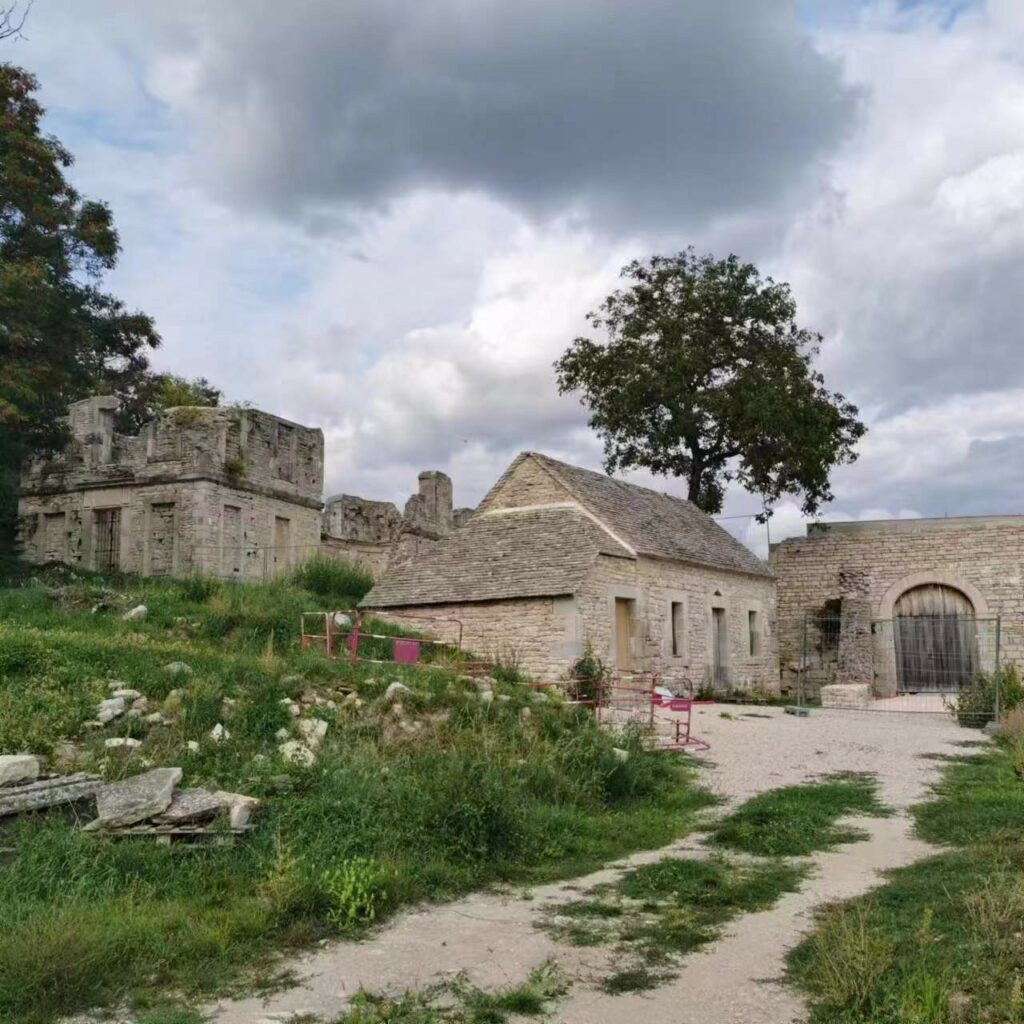
The Romanée-Saint-Vivant cru boasts one of the most interesting and complex vineyard histories of all. If you have the time or the inclination to do something besides tasting and drinking on your next trip to Burgundy, and are in the general vicinity of Vosne-Romanée, then I strongly suggest you take the time to visit the beautiful ruins of the Abbey of Saint Vivant de Vergy, a remarkably peaceful, bucolic and secluded spot that seems like it could well have once been/be a portal to another dimension, a mystical gateway to other galaxies (of the mind, if nothing else).
Located at 433 meters above sea level, the building was originally called a priory, reportedly founded as the Prieuré de Saint-Vivant in 900 CE by Manassès, Sir (or Lord) of Vergy. The priory grew steadily in size and importance, with prime vineyard land being bequeathed to it in both the twelfth and thirteenth centuries (some maintain that the Romanée-Saint-Vivant vineyard was gifted to the priory in 1232 by Alix, Duchess of Vergy, but this is unclear and not everyone agrees). In 1241, an allegiance to the Abbey of Cluny was established (but it appears that because of its importance and wealth, the priory of Saint-Vivant was never quite “just another priory” dependent on the will of the more famous Clunian abbey). In any case, the growth of the priory is perhaps why in time it began being referred to as an abbey (Abbaye de St Vivant in French: see photo): I write this because these two entities, priory and abbey, are in fact not one and the same. A priory is smaller and a step below in ranking than an abbey, with the prior (or prioress) subordinate to the abbot (or abbess). In fact, in 1996, an association named “Abbaye de Saint Vivant” bought the ruins with the goal of stopping the deterioration of the site and to bring it back to some semblance of its former glory, a highly meritorious project to which Aubert de Villaine and DRC are in fact not extraneous. [For those who are interested, I recommend reading the works published by the historian Denise Ryche as well as the research paper by Rauwel, specifically devoted to the subject of the site’s buildings and their history (Rauwel, A. 2010. Saint-Vivant de Vergy: un Prieuré Clunisien au Coeur de la Bourgogne. Ed. Association “L’abbaye de Saint-Vivant”: Curtil-Vergy.)] In fact, the name of “Romanée-Saint-Vivant”, though likely to have been in use early on, is actually documented only as of 1765. Should you visit the town square in Vosne-Romanée where the gates to DRC are located, you will see the marble headstone on a wall (see photo) stating “ancient vendangeoir des moines de Sant Vivant de Vergy” (loosely translated to the “ancient harvesting area or pressroom/closed harvesting courtyard of the monks of Saint Vivant de Vergy”). So yes, DRC is inextricably linked to this famous piece of vineyard land.
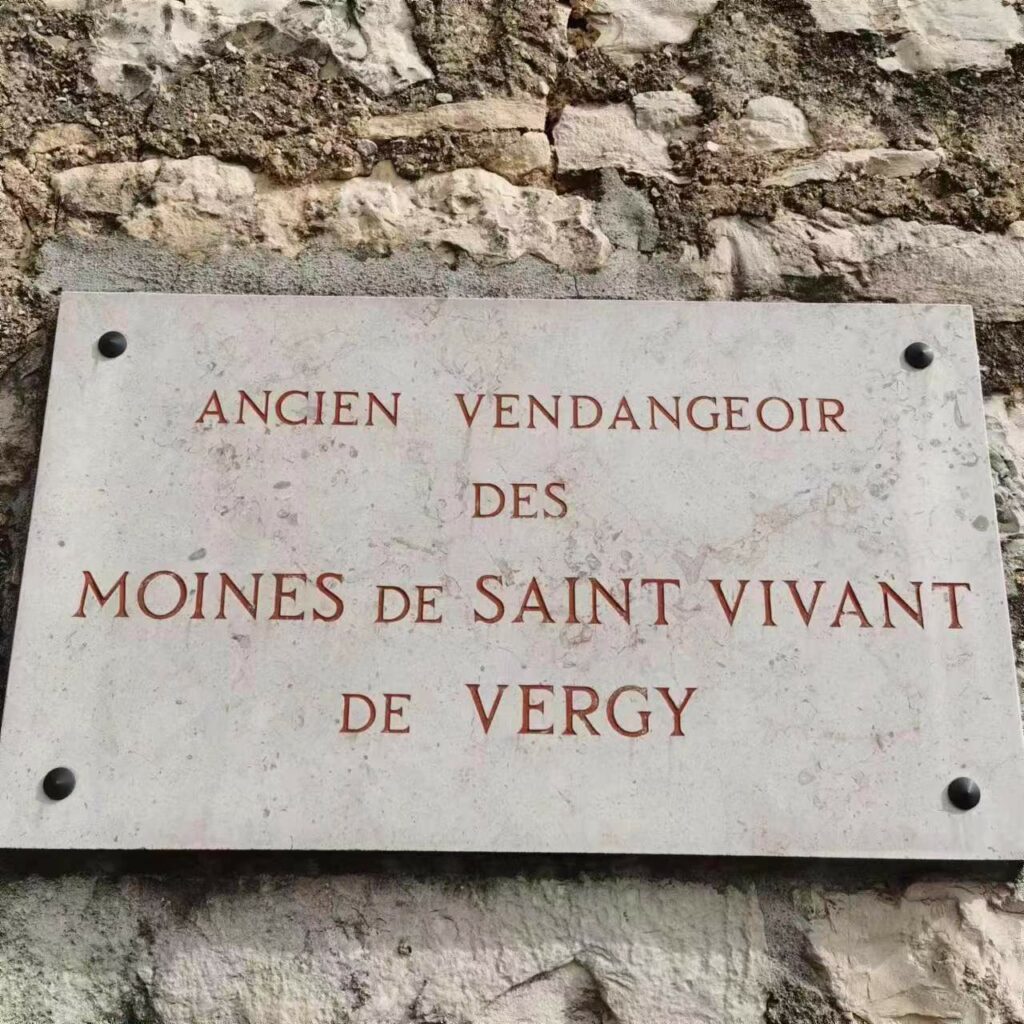
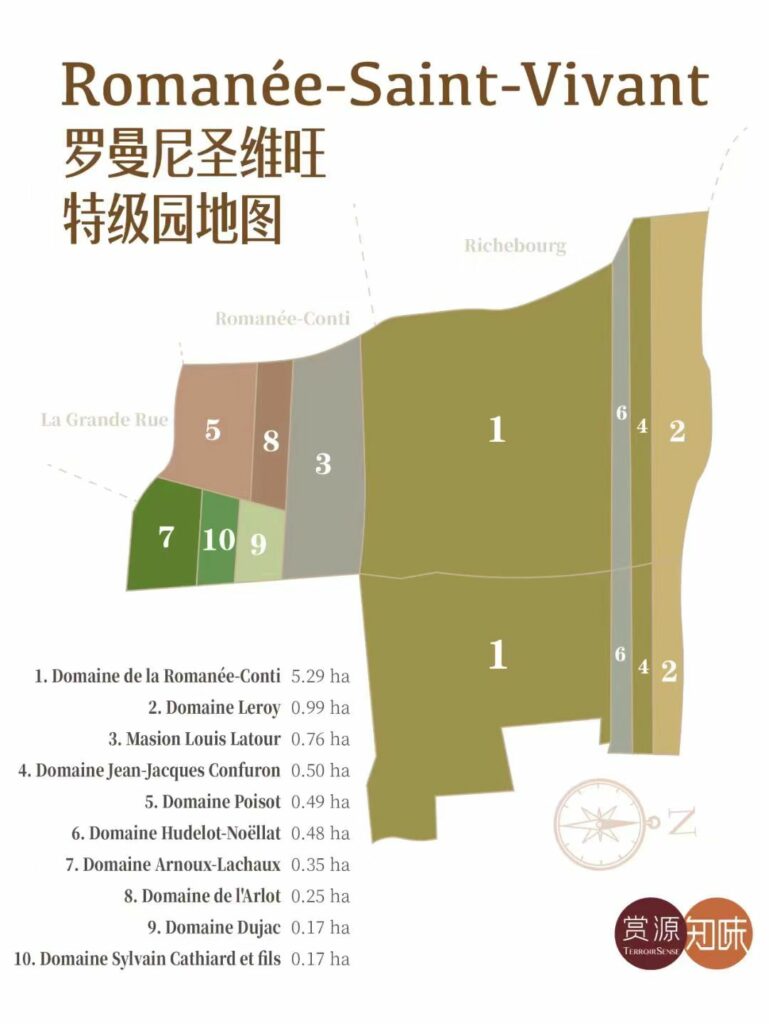
As already mentioned, DRC is the largest landowner in this grand cru too. if you were to add together the hectares owned in Romanée-Saint-Vivant (known as RSV in short) by all the wineries other than DRC, you would come up with a number still smaller than DRC’s 5.29 hectares (in reality, 5.2858 hectares). More importantly, DRC owns the central and by far the best part of the vineyard, a large parcel of vines that belonged originally to the Marey-Monge family. DRC made the wine from those vines beginning in 1966, and bought the parcel outright in 1988. Rich in clay and chalk and fairly deep, the vineyard soil however changes throughout the cru’s extension, with some parts marked by a more impenetrable clay than others: hence the wines made from RSV will vary accordingly. As for the DRC Romanée-Saint-Vivant wine, it wasn’t always as great as it is today: though always a remarkable wine (the 1988 is magical), it is really with the new century that the DRC version of RSV reaches the qualitative stratosphere of the estate’s other grand crus (or in the words of Bertrand de Villaine, there is a “RSV pre-2000“ and a “RSV post-2000” wine). Recent vintages of this wine showcase a sensual marvel of delicacy and race, but with a finishing kick (“le coup de griffe de la RSV”) that is absolutely typical of the wine. Though a great Richebourg wine is unforgettable and totally unique in ways like few others you will drink in your lifetime, I have always had a soft spot for the RSV wine of the domaine, one that, at its best, exudes a silkiness, a gracefulness and an aroma profile so intense to make it downright intoxicating. For my money, when it comes to sheer perfume, the top wines of RSV are bested only by the wines of the Romanée-Conti vineyard. That observation should really not surprise, given that a small section of the RSV vineyard sits right below, just across the little road, from the Romanée-Conti vineyard itself.
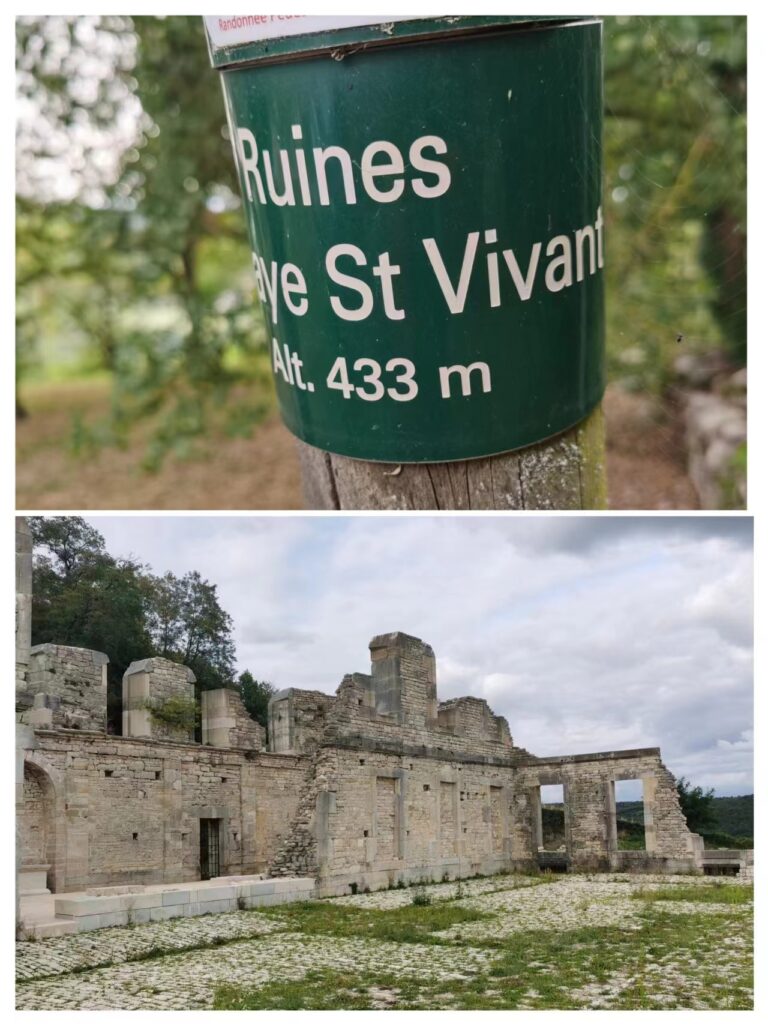
La Tâche is the “other” monopoly of DRC, 6.062 hectares large. La Tâche (actually, La Tâche Joly de Bévy) was mostly bought by the estate in 1933 and would be considered, at any other winery, as the crown jewel of its portfolio; but not so at blessed DRC, that also boasts the even more famous and sought after Romanée-Conti vineyard. But La Tâche is an unbelievable site, one that gives perhaps the most opulent, flamboyant wine of DRC, but one in which the copious amounts of sweet fruity flesh are backed by a truly noteworthy, remarkably powerful tannic backbone. Drink a wine from La Tâche too young and you will deeply regret it, as the mistake made will be immediately clear to you and anyone else tasting the wine. I too have walked down this sorry path, for example opening the utterly magnificent 1978 much too soon (in 1985: what was I thinking?), and it is the single worst wine-drinking decision I have probably made in a lifetime devoted to wine. I have vivid recollection of that evening and of that decision, one that I still rue to this very day.
As passionate wine lovers we can argue politely all we want, but Romanée-Conti is the world’s most famous vineyard. Its 1.814 hectares are totally deserving of their exalted status, and then some: the wines made from these Pinot Noir wines transcend the term “grandiose”. Replanted in 1947-1948, the new vines that replaced the previously pre-phylloxeric ones gave their first wines in 1952. The vineyard’s original name was Clous des Cinq Journaux (not to be confused with the Clous de Quatres Journaux now owned by Louis Latour) and later Cros des Cloux, but renamed yet again as La Romanée in the seventeenth century (the first written documentation of La Romanée in lieu of the Cros des Cloux dates to 1651) by its then owners, the Croonembourg family. The reasons for this change are still somewhat unclear to me but possibly in relation to the fact that the ancient Romans had planted and grown vines there. The name “Conti” was attached to the “La Romanée” after Jean-François Joly de Fleury bought the vineyard for the Prince the Condé (or Conti), Louis-François de Bourbon, in 1760 (reportedly, the first appearance of the name “Romanée-Conty” -with a “y”- dates to 1794). I think that to truly do justice to a great wine from this vineyard with words is next to impossible: one taste though and you’ll immediately understand what being in the presence of greatness is really all about. It really is that obvious.
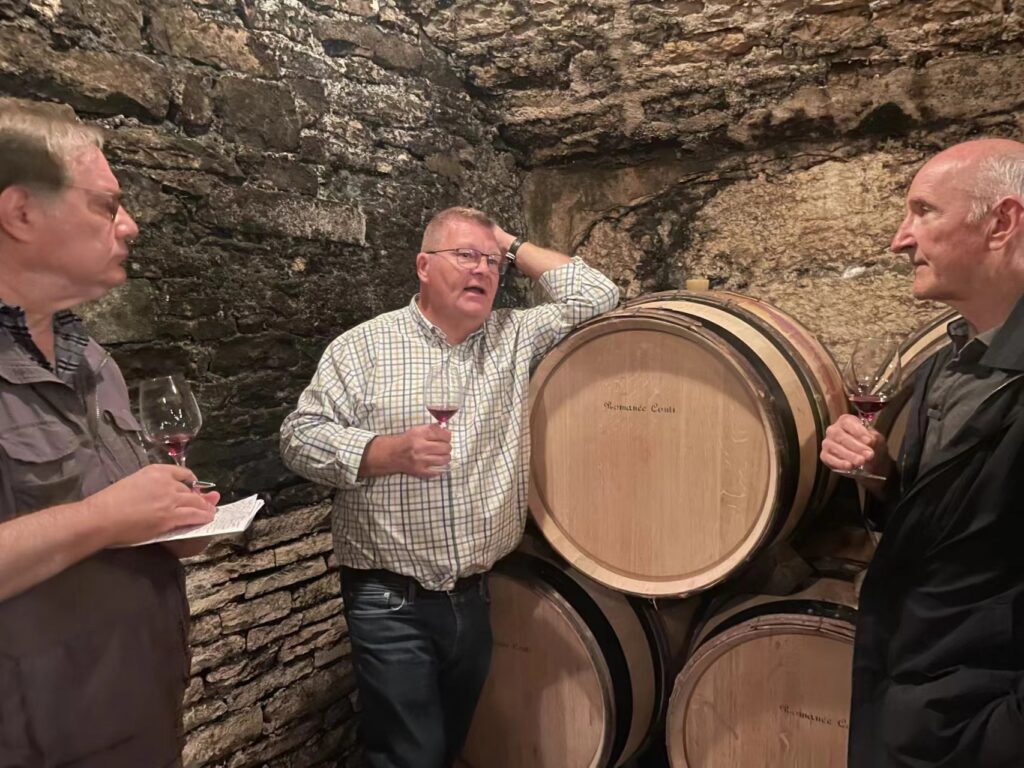
The wines in this tasting
As far as vintages go, the 2022 is just what the doctor ordered for beleaguered Burgundy. The 2021 vintage was a markedly difficult one, with extremely small volumes of wine available for sale (DRC’s 2021s are now in bottle) and that, even worse, in some cases at least are not always as great as they ought to be (and that includes those of many famous wineries). But the story is completely different with the 2022 vintage. The 2022 is not just a highly successful vintage, but also one where the stars of quality and quantity align fully. The vintage is looking to be crammed with a plethora of wines that are delicious, fruit-forward, fleshy, and ripe but very well-balanced too. For sure, DRC has made not just utterly beguiling and delicious wines in 2022, but downright spectacular red Burgundies. They are likely to develop and be ready to drink sooner than some other recent red Burgundy wine vintages, but these wines are so utterly approachable and easy to drink that the question you need to ask yourself is why defer gratification when you don’t really have to?
Last but not least, it behooves me to ideally raise my glass in honour of Aubert de Villaine, given that the 2022 marks a turning point at DRC, as it is the year in which he officially stepped down. And allow me: given that Aubert is always the perfect gentleman and a soft-spoken refined persona, it cannot help but bring a smile to one’s face that the fantastic quality of the DRC 2022 wines actually makes this always discreet gentleman go out not with a whimper, but a bang.
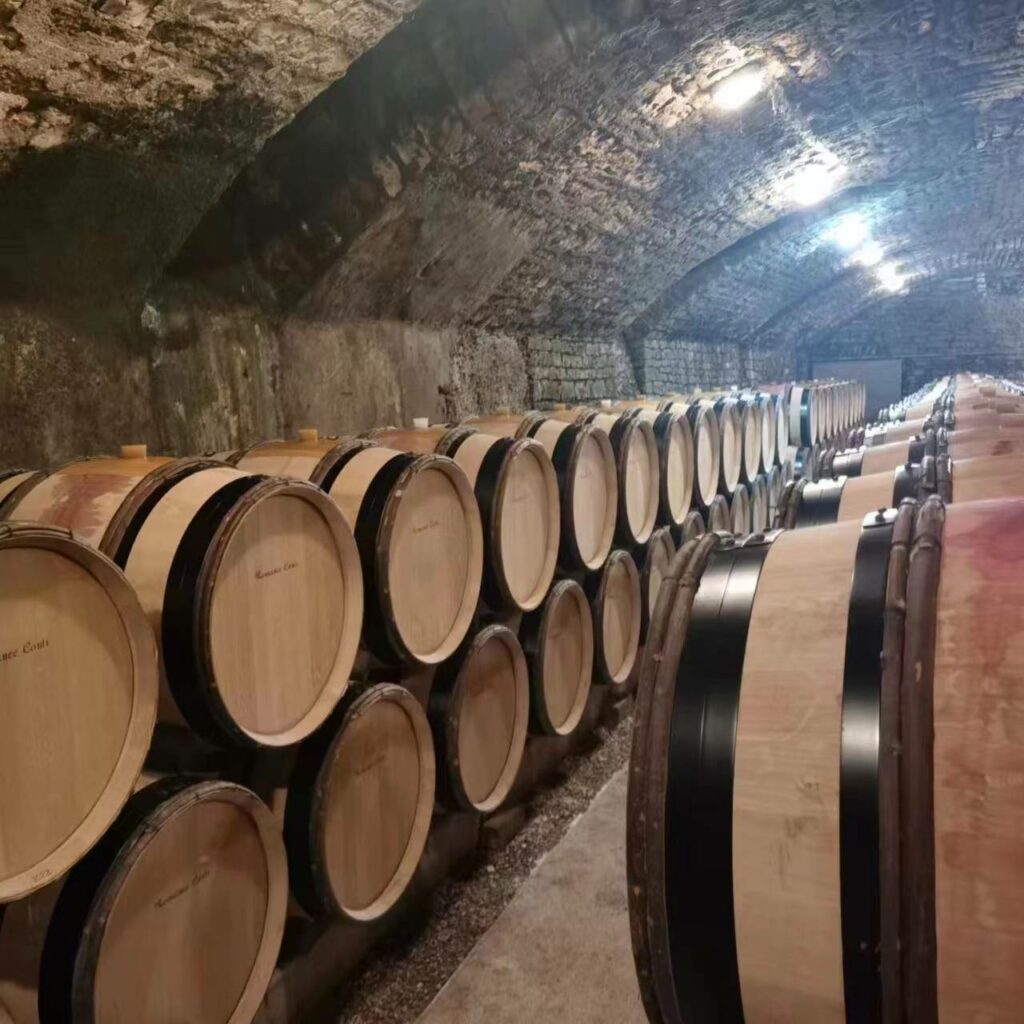
The DRC wines in this report are all barrel samples, hence my score in brackets. They were all tasted in the company of Bertrand de Villaine directly at the winery this September 2023, and I have written them up in the precise order in which the barrel samples were tasted.
Domaine de la Romanée-Conti 2022 Echézeaux Grand Cru Burgundy (94)
Deep red. Inviting aromas of ripe red cherry, violet, rose and spices. Still youthfully oaky, but boasting at the same time copious chewy, rich, fruity flesh and smoothly textured, medium-weight flavours of smoke and dark cherry reduction. Closes long and tactile. A very showy Echézeaux, one that impresses today mostly for its size: currently, this may not look to be the most refined Echézeaux you’ll ever drink, but it is an excellent red wine, remarkably well-balanced and utterly irresistible in its full-frontal fruity Mae West-like charm. Even better, it is “very Echézeaux” (“typé Echézeaux”), yet another merit (there’s no way that anyone with a modicum of experience tasting these wines over the years could confuse it with the Richebourg or the Grands-Echézeaux, and that too is being respectful of a site’s terroir). Yields of 30 hL/Ha. Drinking window: 2030-2045.
Domaine de la Romanée-Conti 2022 Grands-Echézeaux Grand Cru Burgundy (96+)
Cool, dark aromas and flavours of dark red cherry, blueberry, star anise, leather, and smoke plus a savoury nuance that is very typical of DRC’s Grands-Echézeaux wine, perhaps because of its Bajocian subsoil runoff from Musigny above. Differently from some other vintages of this wine, the 2022 starts and stays powerful from the first moment it enters your mouth, with a brooding, fleshy, thick quality to its mouthfeel. The nuances of black fruit, earth and menthol are complicated by hints of dried tangerine peel and linger impressively on the tactile back end. Made from vines that really aren’t that far away from most of DRC’s Echézeaux holdings, it’s remarkable how much more dark-fruited and how much denser the 2022 Grands-Echézeaux is compared to the 2022 Echézeaux. Clearly, the meter or so of topsoil lying over the roche mère (mother rock) that characterizes Grands-Echézeaux, compared to the only thirty centimeters or so in Echézeaux, is a difference that is really apparent when you taste the respective wines. The Grands-Echézeaux really is remarkably bigger, deeper and fleshier than the already fairly fleshy Echézeaux (at least, the latter wine is so in 2022). DRC’s Grands-Echézeaux vines are mostly 45-50 years of age, but a few nearest the Clos de Vougeot are 60+ years of age. Drinking window: 2031-2055.
Domaine de la Romanée-Conti 2022 Richebourg Grand Cru Burgundy (97+)
Deep red with a pale rim. Captivating aromas of rose and peony, red cherry, raspberry and white pepper are complicated by a strong hint of minerality. The flinty minerality repeats in the mouth, with a steely undertone informing the peony-accented pomegranate, red and dark cherry, and blackberry syrup flavours that are very long and energetic, while boasting noteworthy polish (polissé) and definition. From a geo-sensorial perspective, the aftertaste showcases at once both vivacity and salinity. The 2022 Richebourg magically combines the perfume of the 2022 RSV and the fleshy power of the 2022 Grands-Echézeaux, but the oak is not yet fully integrated here, even though the chauffe doesn’t seem to be that marked. According to Bertrand de Villaine, this powerful wine will actually need to stay in barrel a little longer than both the Grands-Echézeaux and the Echezeaux, and I can see his point. Light on its feet and boasting captivating inner-mouth perfume, this is a very promising and beautiful Richebourg in the making. Interestingly, the Domaine chose to serve the Richebourg before the RSV, as it has done in recent vintages like 2019 and 2020. Drinking window: 2038-2065.
Domaine de la Romanée-Conti 2022 Romanée Saint-Vivant Grand Cru Burgundy (98)
Good full red. Already this young it hints at truly captivating aromas of ripe red cherry, raspberry, bergamot, Indian spices and tobacco the complexity and perfume of which are a hallmark of Romanée Saint-Vivant. The flavours of red fruits, soy sauce, and earth tones showcase already now the hallmark finesse that this vineyard is capable of delivering, but with a glossiness of fruit that is very 2022. Silky, not powerful, and very Burgundy, this closes long and suave but with a finishing tannic bite that is very DRC Romanée Saint-Vivant. This vineyard has been partly replanted over the years (for example, 1-1.5 hectares in 2013 and 2014, but only the old vine fruit is used to make this wine). A magical wine that is at once approachable but deep and complex too. Drinking window: 2034-2060.
Domaine de la Romanée-Conti 2022 La Tâche Grand Cru Burgundy (98+)
Fully saturated deep red. Brooding aromas of blueberry, black cherry, Pu’er tea, exotic spices, soy sauce, cloves and star anise. Full-bodied, extremely concentrated and beautifully multilayered, this showcases nice vivacity but is currently very austere with big, powerfully muscular flavours of dark fruit, plum, soy sauce, and licorice. Closes tactile, extremely long and tapered, at once perfumed and pungent (you can smell the whole bunches) with lingering notes of licorice. This is a brooding, impossibly backward wine right now (hence the “+” on my score), but that has all the elements in place for a long and graceful evolution in bottle; millionaires will need another fifteen years (at least) of patience before being able to enjoy this at even close to it being fully open, then will regale themselves over the next fifty years. So yes, hopefully they are young millionaires. Drinking window: 2040-2070.
Domaine de la Romanée-Conti 2022 Romanée-Conti Grand Cru Burgundy (100)
Luminous deep red colour. Multidimensional aromas and flavours of raspberry nectar, sweet red cherries, cinnamon, sandalwood, violet and peony are extremely pure and marvelously well-delineated boasting uncommon perfume and grace. Sleek and absolutely weightless on the palate, this lasts and lasts on an unforgettably seamless, rising finish. Fleshier and more forward in this early going than the 2022 La Tâche, but this wine too will need, despite its immediate glossy charm, long cellaring to fully express itself. The 2022 Romanée-Conti is an unbelievably great, memorable drinking experience. At the domaine they ask you to never spit the Romanée-Conti out to fully appreciate its marvelous texture, but really, in all honesty, the thought of doing so never even crossed the outer realms of the galaxy that is my mind. In 2022 the good news is that the Romanée-Conti is not just a great wine, but there’s a lot of it too: while the 2021 is the smallest production ever at a little more than 4,000 bottles, the 2022 is likely prove to be perhaps the largest single year output in memory. It really was a good year. Drinking window: 2034-2065.

 中文
中文
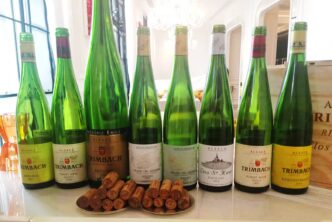
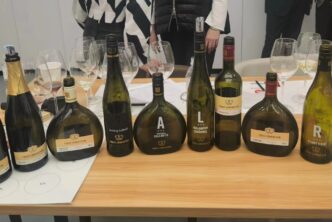
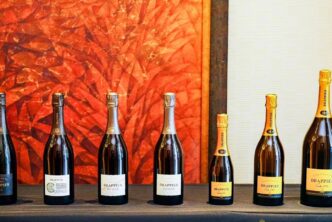
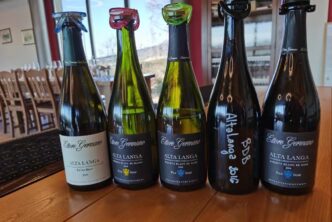
Nice post. It’s very well thought out and quite informative. Keep it up.
Thank-you, I, like the whole team here, try our best. We hope you like our other articles as well. Let us know any other thoughts and comments, thanks and Cheers!